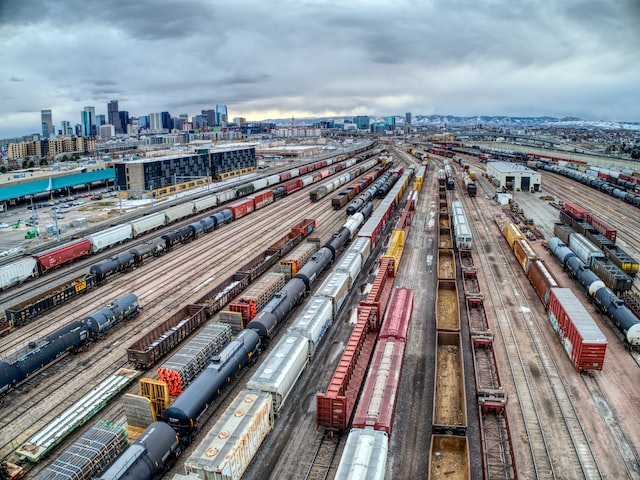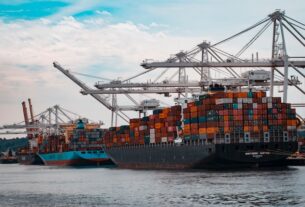A Freight and Logistics Strategy for the North of England – showcasing the importance of sector as a facilitator for economic growth and ways we can support the move to decarbonising freight – has been launched by Transport for the North (TfN).

Analysis shows that by 2050 the sector could be worth over £30bn to the North’s economy and employ over half a million people. To see growth in the sector investment is required to address three main areas of constraint across the road, rail and inland waterway networks: network capacity and capability, terminal availability and decarbonisation.
It is the first pan-Northern Freight & Logistics Strategy of this type and complements our Strategic Transport Plan in developing a multimodal freight strategy for the North of England that meets the current and future requirements of our region and the UK economy.
The three key areas of activity underpinning the strategy are:
- The importance of accelerating delivery of the TfN Investment Programme interventions to support the North’s economy.
- The need to accelerate measures that support the move to zero carbon.
- Strategic policy positions that can be used by partners to deliver the strategy effectively.
The Freight and Logistics sector remains vital for the North as identified through the Northern Powerhouse Independent Economic Review (NPIER). This means it has a huge role to play in closing the 25% productivity gap between the North and South of England. The sector represents a huge opportunity for the North and a key issue for the UK given that more than 33% of goods enter through the Northern ports, 25% of GB freight starts in the North, and the same proportion of journeys end in the North.

The strategy also looks at the importance of a multimodal freight network covering road, rail, ports and inland waterways in the North and identifies challenges such as a shortage of warehouse capacity (especially rail connected warehousing), lack of reliable and efficient east-west connectivity across the Pennines, and a disproportionate reliance on ports in the South of England.
Martin Tugwell, Chief Executive at Transport for the North, said:
“I am delighted to see the Freight and Logistics Strategy published. The Freight and Logistics sector is vital in helping us all get the things we need to go about our daily lives, as we were reminded during the lockdowns. Our Freight and Logistics Strategy, which covers road, rail and waterway freight, reveals the data that drives the sector and identifies the opportunities for decarbonising the sector. It is an important piece of work not just for those who work in the sector, but for the general public and business community.
The need to decarbonise our transport system also creates the opportunity to harness the potential of the North’s cutting-edge technology to deliver a transport system that is not only fit for the future, but which is sustainable in the longer-term. The drive to reduce the carbon impacts of freight and logistics runs through this strategy and works hand in glove with TfN’s Transport Decarbonisation Strategy.
We have a clear vision and want to see continued growth in the sector that will help unlock the economic potential of the North. Our approach puts the needs of the user at the heart of our work for only in this way will our solutions deliver real results for businesses and communities.”
Lucy Hudson, Principal Policy Officer Freight and Logistics at Transport for the North said:
“Freight is no longer the Cinderella of transport. We have made our big entrance to the ball. This comprehensive strategy sets out a suite of freight and logistics objectives for the North of England, a detailed description of the network and pinch points, additional TfN activity on decarbonisation, strategic rail, freight analysis and TfN’s future travel scenarios and how these activities relate and contribute to TfN’s freight and logistics activity. Through the recommendations agreed by the TfN Board, we have a clear steer on how to make progress and I look forward to working with partners, the Department for Transport, the railways and businesses across the sector.”
Councillor Louise Gittins, Vice-Chair of Transport for the North and Leader of Cheshire West and Chester Council, said:
“The Freight and Logistics Strategy sets out clear objectives to accelerate investment that would best support the strengthening of the North’s economy. Crucially, it also seeks to set out how Transport for the North can support the freight and logistics sector to decarbonise.
Freight by road accounts for 90 percent of all tonnage moved in the North. The Strategy considers freight requirements across road, rail, port and inland waterways in the Transport for the North region. We will work with partners, government, delivery bodies and the industry, to reduce journey delays, and support less polluting and more energy efficient movement of goods. We’ll support the change from moving goods by road to rail and water.”



